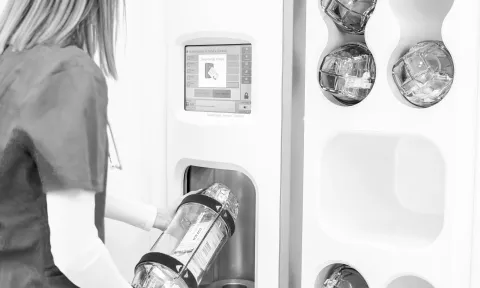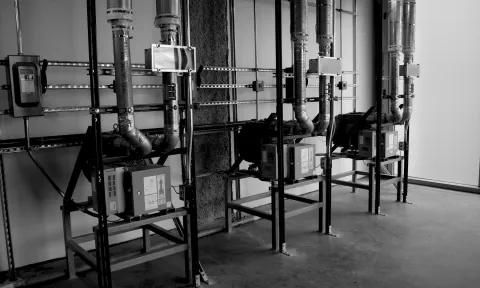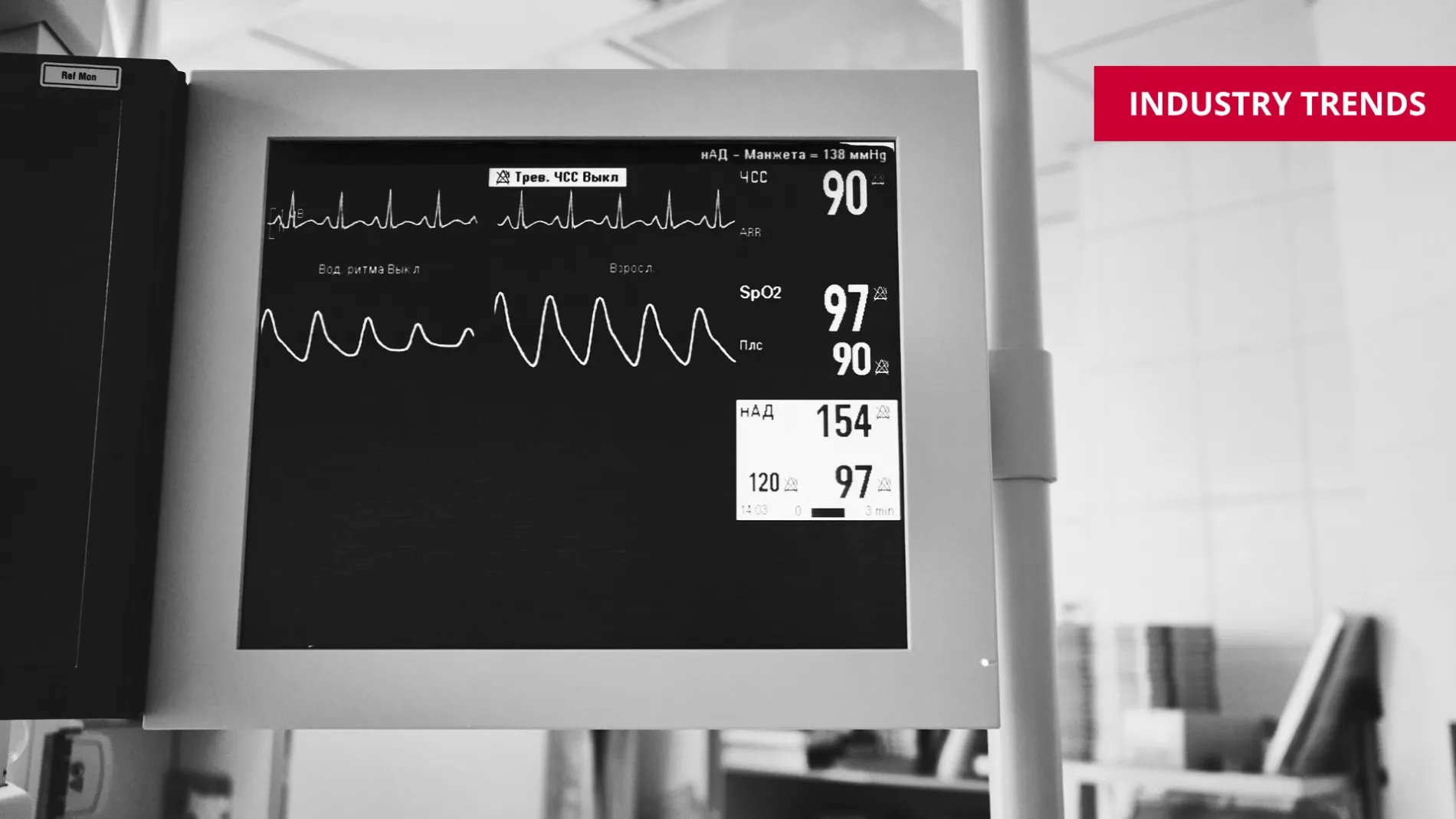You might also be interested in this

Customer Pledge

Superior Transport Automation

Pneumatic Tube System Components


EDs Are Often The First Line of Care
Reading Time: 3 min.
Jeff Erbert | 7/18/2025
Jeff Erbert
Emergency Departments (EDs) can go from being a calm, controlled, operation to a fast-paced, high-pressure environment where every second counts in a matter of minutes. For many patients, the ED is the first opportunity for providers to assess everything from heart attacks and infectious diseases to traumatic injury. For others, limited access to other forms of care means the ED is their only way to receive care. Regardless, EDs in the United States experience roughly 155 million visits per year – a figure that’s trending upward.
To illustrate the scale and intensity of this demand, here are the hospitals that recorded the highest number of emergency department visits in 2024:
While it’s true that the ED often deals with critical emergencies, the reality is more nuanced. Many visits are for conditions that, while still urgent, are not necessarily life-threatening. According to the Healthcare Cost and Utilization Project (HCUP), the most common reasons for treat-and-release ED visits in 2018 (before the COVID-19 pandemic) included:
These visits often reflect gaps in access to primary care or urgent care, making the ED a critical safety net for many. With that said, treat-and-release visits make up approximately 87% of ED visits.
However, on the other end of the spectrum are cases that require hospital admission— or patients whose conditions are severe enough to warrant inpatient care. Using the same data set as before, the top 10 reasons for ED visits that led to admission include:
These conditions highlight the ED’s dual role: managing both high-volume, lower-acuity cases and stabilizing patients with life-threatening illnesses before transitioning them to inpatient care.
The lab, in many regards, is the hero behind many successful ED visits. Rapid diagnostics, accurate test results, and timely communication from lab professionals enable emergency teams to make critical decisions quickly. In terms of medication, many lifesaving drugs are kept in isolated service centers within the ED. Those centers must be managed, tracked, stocked, and administered.
To maximize the efficacy of emergency medicine, hospitals rely on modern pneumatic tube systems and pharmacy automation technology. Pneumatic tubes allow for the rapid transport of lab specimens, medications, and supplies between departments.
Meanwhile, pharmacy automation ensures that critical medications are dispensed quickly and accurately, minimizing delays in treatment and reducing the risk of human error. Together, these technologies support the ED’s ability to respond quickly to patient needs.
These numbers are more than just statistics—they represent the front lines of healthcare. As hospitals continue to innovate and adapt, the ED remains a powerful example of what’s possible when people, processes, and technology align in service of patient care.




Contact our knowledgeable specialists to discover how our range of automation solutions can boost efficiency, reduce costs and enhance care at your healthcare facility.
Contact us